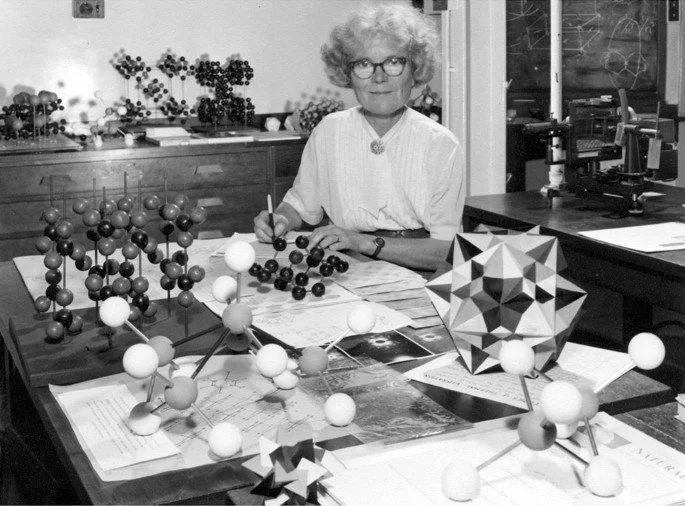Extraordinary Irish Scientists Who You Need to Know
By Science and Environment Editor Leah Moynihan
Many people may not be aware that Ireland has made some ground-breaking scientific discoveries throughout the centuries. Irish people, past and present, have contributed greatly to a diversity of fields. You may have heard of concepts such as the Beaufort scale and Boyle’s Law, but did you know that the people behind them were Irish? So here are some outstanding Irish scientists that shaped the world as we know it today.
Robert Boyle (1627)
The chemist Robert Boyle founded the famous Boyle’s Law. This examines pressure-volume relationships, revolutionising our understanding of gases.
Sir Francis Beaufort (1774)
A naval commander from Navan, Francis Beaufort created the first wind force scale, named after him.
William Rowan Hamilton (1805)
The Irish mathematician predicted conical infraction in biaxial crystals, and developed the theory of quaternions for quantum mechanics.
Robert Mallet (1810)
This Dublin man used dynamite explosions to measure the speed of elastic waves. He came up with the term ‘seismology’ and shaped the science greatly.
John Tyndall (1820)
John Tyndall was the founding father of nephelometry (measuring cloudiness in a solution) and he was also one of the first scientists to acknowledge the greenhouse effect. However, he is best known for his explanation of why the sky is blue (light is scattered by particles in the atmosphere).
Mary Ward (1827)
A bestselling science writer, Ward published many famous books on the telescope and microscope. Unfortunately, she was also the first known person to be killed in a car accident.
William Thomson (1824)
The Belfast man implemented the Atlantic Telegraph Cable stretching from Ireland to Newfoundland. He was also the founder of the Kelvin scale which measures temperature.
John Phillip Holland (1841)
Holland launched the first successful submarine in 1881. He also invented a device used for safely evacuating a sinking submarine.
Agnes Clerke (1842)
Clerke was a renowned astronomical writer from Skibbereen. She wrote the esteemed work ‘A popular history of astronomy during the nineteenth century’. She became a revered authority, as her books were insightful and appealed to the general reader.
Left: Agnes Clerk. Right: A crater on the moon named after Clerk, ‘The Clerk Crater’.
John Joly (1857)
Joly invented many useful devices such as the photometer, the meldometer, and the steam calorimeter. These measure light, mineral melting points, and heat.
Maude Jane Delap (1866)
A self-taught marine biologist from Kerry who deserves more fame, Delap was the first person to raise jellyfish in an aquarium and to understand their life cycle. She is also known for her ground-breaking research on plankton, which is still cited today.
Harry Ferguson (1884)
Ferguson designed a new plough which was coupled to the tractor, revolutionising farming. He later went on to build his own plane, becoming the first ever Irish man to fly in 1909.
Robert Collis (1900)
Collis was a doctor who designed the technique of feeding patients through a nasal tube instead of spoon feeding. He also created an affordable incubator for premature babies.
Dame Kathleen Lonsdale (1903)
The first female professor at University College London, Lonsdale is best known for her work in x-ray diffraction. She was also the first woman to be elected a fellow of the Royal Society.
Dame Kathleen Lonsdale
Jocelyn Bell-Burnell (1943)
The astrophysicist contributed greatly to the discovery of radio pulsars (pulsating radio stars formed when stars explode). This later helped scientists study gravitational waves, as well as measure cosmic distances.
Teresa Lambe (1976)
An Asssociate Professor at the University of Oxford, Lambe was on the team that co-designed the Oxford AstraZeneca Covid-19 vaccine. She was awarded an OBE for her significant contributions.




